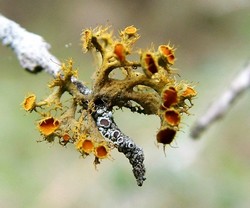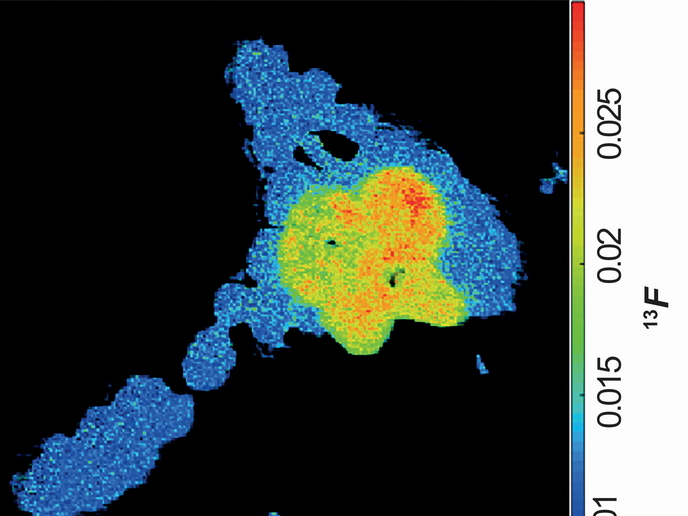Lichens as monitors of air pollution
A wide variety of air pollutants can be monitored using lichens. They include Polycyclic aromatic hydrocarbons (PAHs), a large group of semi-volatile persistent organic pollutants (POPs) linked with carcinogenicity and mutagenicity. However, despite the research using lichens to study PAHs there is still a gap in the knowledge. The aim of the EU-funded POPLAIR (Optimising the use of lichens as biomonitors of atmospheric PAHs) project was to determine how lichens intercept and accumulate gas phase and particle-bound PAHs. It also investigated which factors contribute to PAHs accumulation and how they influence lichen’s functioning. Researchers exposed lichens to gas phase and particle bound PAHs both in the laboratory under controlled conditions and in the field. Their fate within the lichens was monitored using cutting-edge microscopy techniques. Different species of lichens were also exposed in vitro to increasing concentrations of PAH and potential physiological impacts were measured. The extent to which the accumulation of PAHs was due to the atmospheric gas phase and particle bound PAHs was also studied. Hence, PAHs accumulated in lichens were compared with PAHs measured in air using passive and active air samplers. Results showed that the accumulation of PAHs was affected by a number of factors. They include the physico-chemical properties of each pollutant, the structure and composition of each lichen species and environmental factors such as humidity temperature, sunlight, rain and wind. It was also found that once accumulated inside the lichen thallus PAHs may be protected from sunlight by a layer of pigments that some lichen species have on their surface. This layer of pigments has the role of protecting the algae from UV light. Since PAHs are also sensitive to UV radiation, they are protected as well. POPLAIR fits perfectly with the common European target of developing techniques for environmental biomonitoring of pollutants. The techniques explored will provide policy makers with a low-cost tool for managing and controlling pollution at a large spatial and temporal scale and provide valuable data for health assessments.







